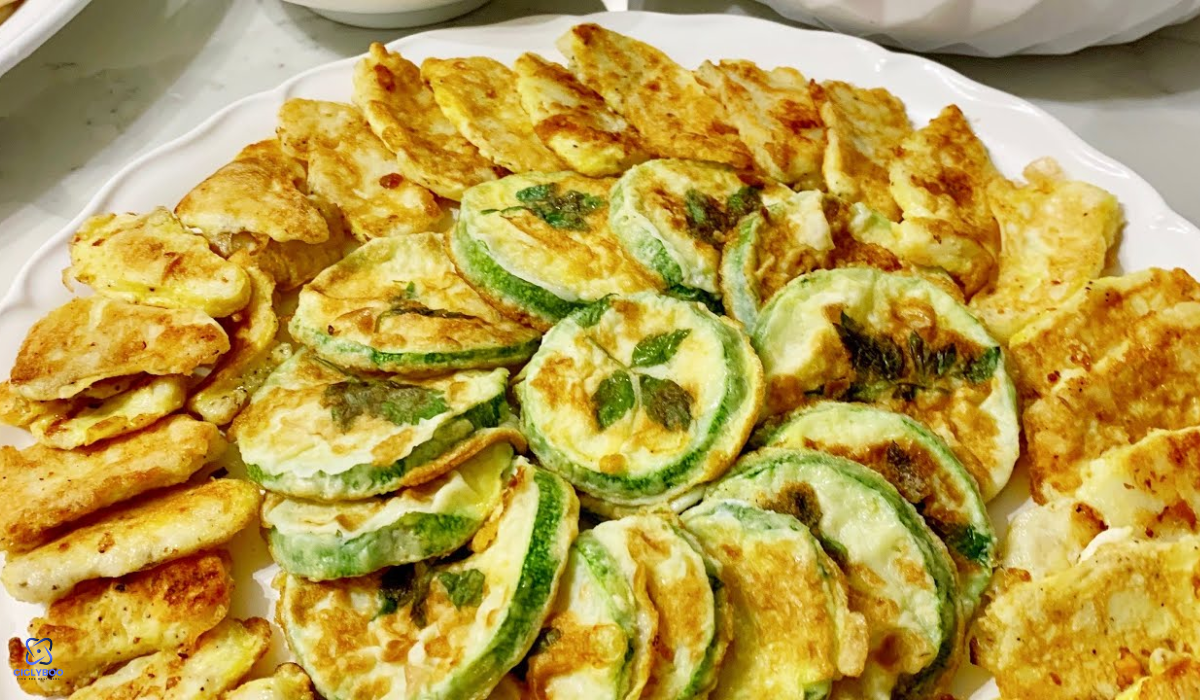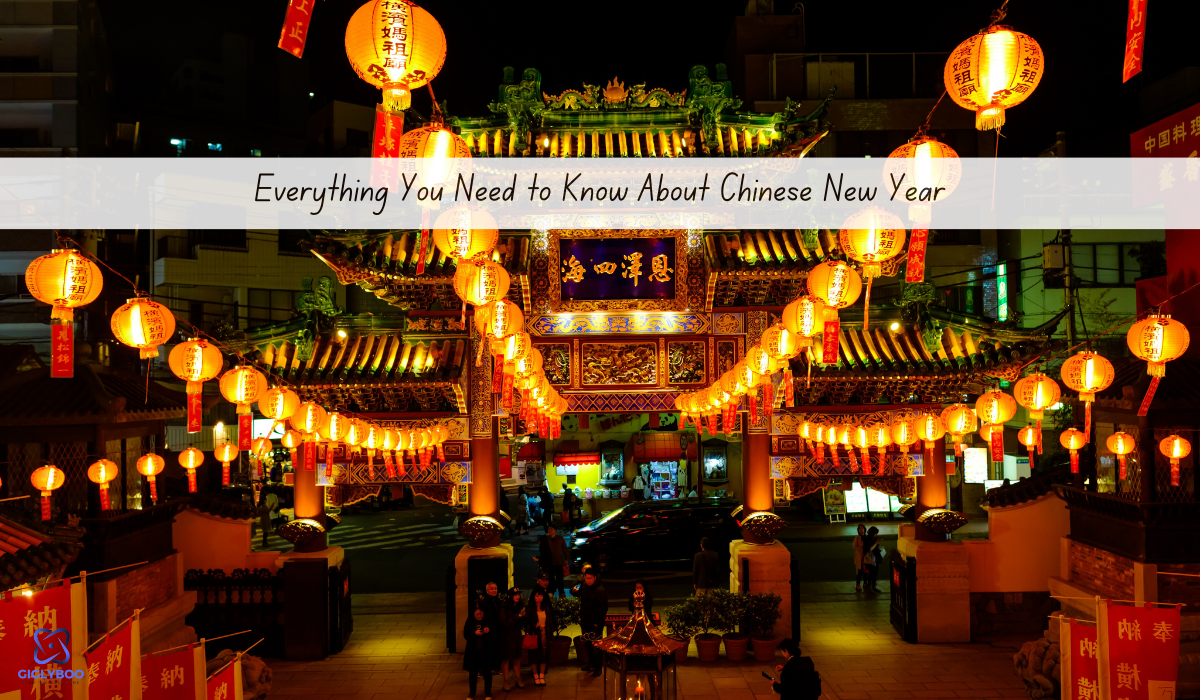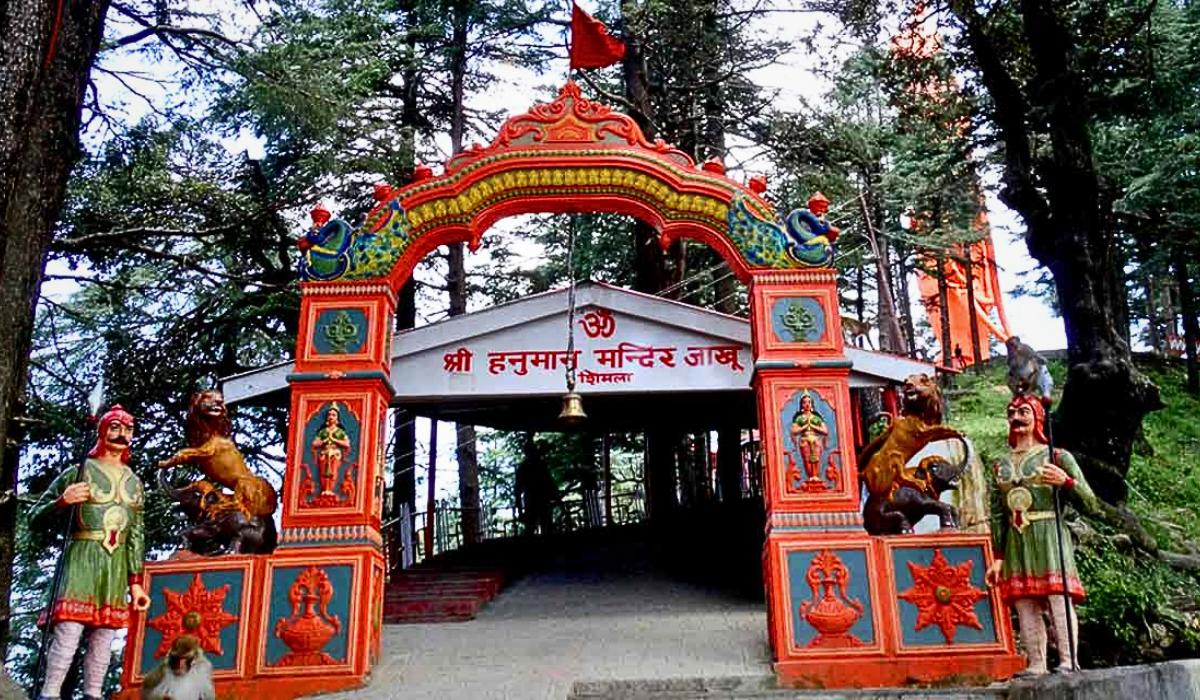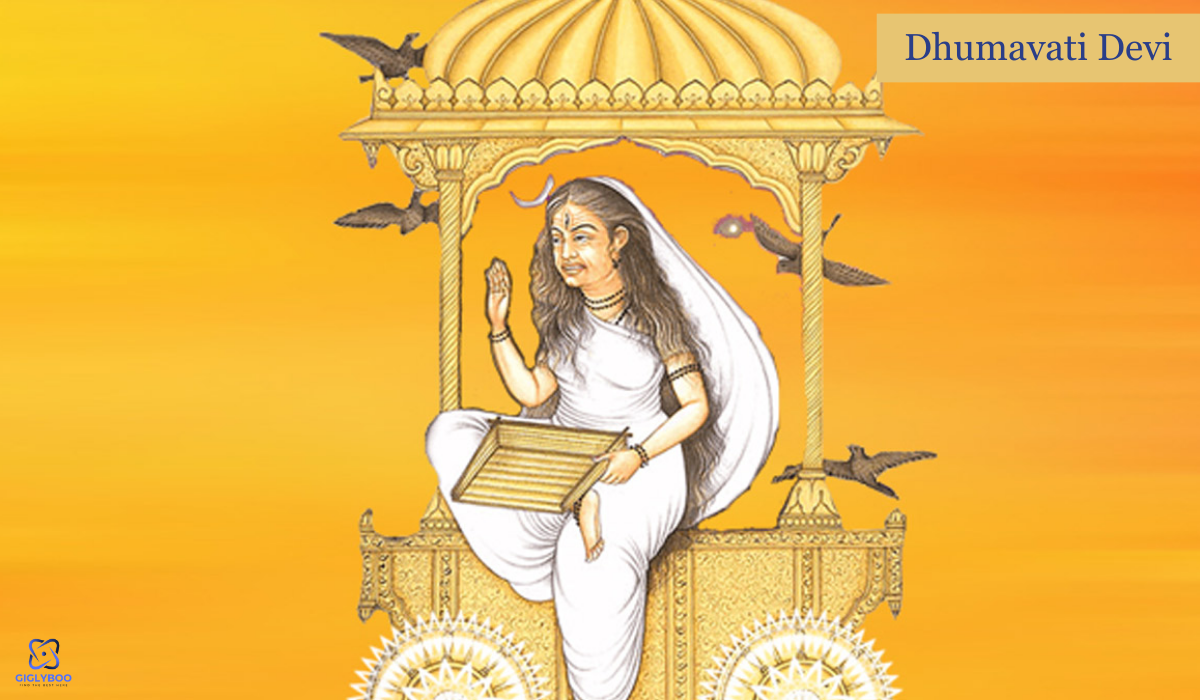
Chuseok (추석), also known as hangawi (한가위), stands as one of South Korea’s grandest celebrations. Families unite during this time to express gratitude to their ancestors for a bountiful autumn harvest. Often dubbed Korean Thanksgiving, chuseok is a festivity marked by delectable cuisine, libations, and cherished family gatherings. This jubilant occasion typically falls in September or October, aligning with the lunar calendar’s dictates.
Learn all about Chuseok – from its traditions to the delicious foods and thoughtful gifts – in our easy-to-follow guide!
| What exactly is Chuseok? |
| What is Hangawi? |
| Korean Thanksgiving |
| When is Chuseok? |
| How do you say “Happy Chuseok” in Korean? |
| History |
| Popular Korean Thanksgiving Foods |
| Korean Thanksgiving Gifts |
What exactly is Chuseok?
Chuseok (추석) unfolds as a three-day extravaganza held annually during the fall season. This traditional festivity sees individuals journeying back to their hometowns, expressing gratitude for the autumn yield. Revered as one of Korea’s paramount holidays, Chuseok embodies a quintessential aspect of Korean heritage.
What is Hangawi?
Hangawi (한가위) serves as an interchangeable term for Chuseok, both encapsulating the essence of Korean Thanksgiving.
What is Korean Thanksgiving?
Korean Thanksgiving, often likened to its American counterpart, shares a penchant for familial togetherness and culinary indulgence. This bustling period witnesses households bustling with preparations for grand family reunions, akin to the fervor surrounding Thanksgiving festivities in the United States.
It serves as one of the rare occasions, besides Lunar New Year’s Day or Seollal (설날), for families to congregate. Typically, this entails pilgrimages to the homes of elders, often grandparents, nestled away in rural locales, leading to bustling traffic across the nation’s thoroughfares. For those contemplating a journey to Korea during this time, meticulous planning is imperative, given the high demand for transportation tickets.
When is Chuseok?
Chuseok (추석) finds itself honored on the 15th day of the 8th month in accordance with the lunar calendar. Although the precise date fluctuates annually, Korean Thanksgiving typically falls between September and October.
















